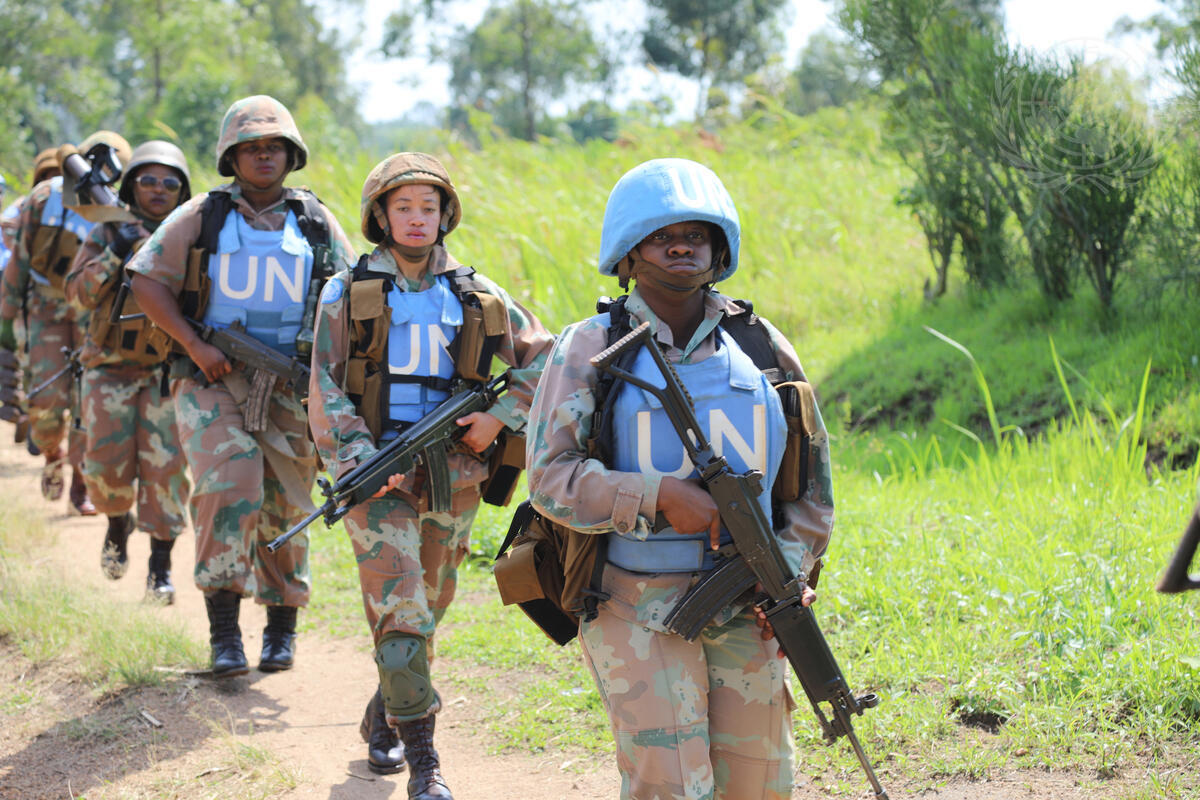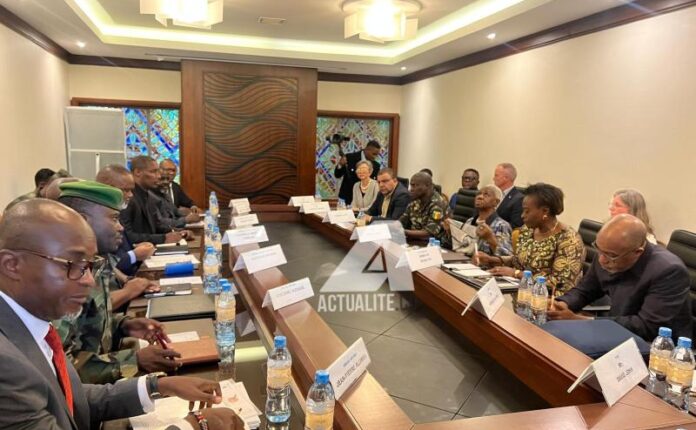In the heart of Africa’s Great Lakes region, the Democratic Republic of Congo (DRC) remains a battleground not just of bullets and rebel factions, but of powerful geopolitical interests masquerading as peacekeeping.
Note: Company, Blog, Church websites are free.
The deployment of SAMIDRC, backed by the Southern African Development Community (SADC) and operating in the shadow of MONUSCO, has been presented as a mission to stabilize the region. Yet beneath this surface lies a troubling reality: SAMIDRC appears less a neutral peacekeeping force and more an instrument of an old, unresolved agenda.
Despite its stated mandate, mounting evidence suggests that SAMIDRC arrived not as an impartial arbiter, but as a partner to the Congolese army (FARDC) in fighting the M23 movement. Recent investigative reporting by journalist Rutendo Matinyarare revealed missile deployments purportedly aimed at M23 but instead directed toward Rwanda a move that signals not just strategic misdirection but deliberate provocation.
This alarming development gains further gravity when examining the CCCO (Centre Conjoint de Coordination des Opérations), where operational command posts are shared among FARDC, SADC forces, and the FDLR a militia with a known record of genocide and crimes against humanity. That such a group holds a place at the command table is not only scandalous but raises urgent questions: Who orchestrates this alliance? And why does the world remain silent?
The answers lie partly in history and identity. Many of the nation’s contributing troops to SAMIDRC harbor political exiles from Hutu and Bantu communities some of them fugitives from justice, others former power players who lost wars or influence to Rwanda. The trauma of defeat in the First and Second Congo Wars remains unaddressed. For some, the battlefield has simply been rebranded as diplomacy.
Ethnic undercurrents continue to influence regional politics, often in dangerously subtle ways. Consider DRC’s Foreign Minister, Thérèse Kayikwamba, whose controversial speech at the UN in New York attempted to revive debunked claims of genocide against Hutus in Burundi. Though she later walked back her comments, the damage was done the message was deliberate, part of a long-term propaganda effort.
This also sheds light on why some SADC countries refuse to extradite genocide fugitives, despite Rwanda providing credible evidence of their presence. These nations have become safe havens for individuals’ intent on destabilizing Rwanda, manipulating media and regional platforms to wage psychological and diplomatic warfare.
Rwanda’s success in governance and development stands in stark contrast to its neighbors and that contrast breeds resentment. While Rwanda has invested in stability, infrastructure, and institutional reform, others have descended into corruption, inefficiency, and persistent unrest. Rather than pursue reform, some actors seek to undermine Rwanda, viewing its progress not as a model to emulate but as a threat to their authority.
Amid this backdrop, conflict has become a source of profit. In times of chaos, regional commanders and even FARDC officials exploit the disorder to embezzle funds, divert resources, and prolong war for personal gain. For many Congolese generals, peace is not only unprofitable it is unwelcome. The war economy is entrenched, and with it, the incentives to sustain conflict.
All of this is compounded by the weakness of the Congolese state. Despite its vast natural wealth, the DRC suffers from a profound leadership vacuum. Armed groups, foreign troops, and criminal networks act with impunity, often against civilians, while state institutions fail to provide protection, justice, or order. It is, in effect, a lawless expanse where impunity reigns and sovereignty is little more than a formality.
At the center of the crisis is the DRC’s mineral wealth. From cobalt and coltan to diamonds and gold, these resources are both the country’s greatest asset and its deepest curse. The scramble for access ensures that no real peace can be achieved because peace would mean regulation, oversight, and restraint. Instead, the extraction game continues, chaotic and uncontrolled, promising profit to all but the Congolese people.
The international community must stop pretending. SAMIDRC is not a peacekeeping force in the traditional sense. Its alliances, its actions, and the motivations of its backers suggest a different, more troubling mission. What’s unfolding in the DRC is not peacebuilding it is a calculated geopolitical chess match that risks unraveling decades of regional progress.
It is time to name this crisis for what it truly is. To speak plainly, even if nothing changes. Because until those who benefit from the chaos are held to account, the people of the Congo and the broader Great Lakes region will continue to pay the price.



